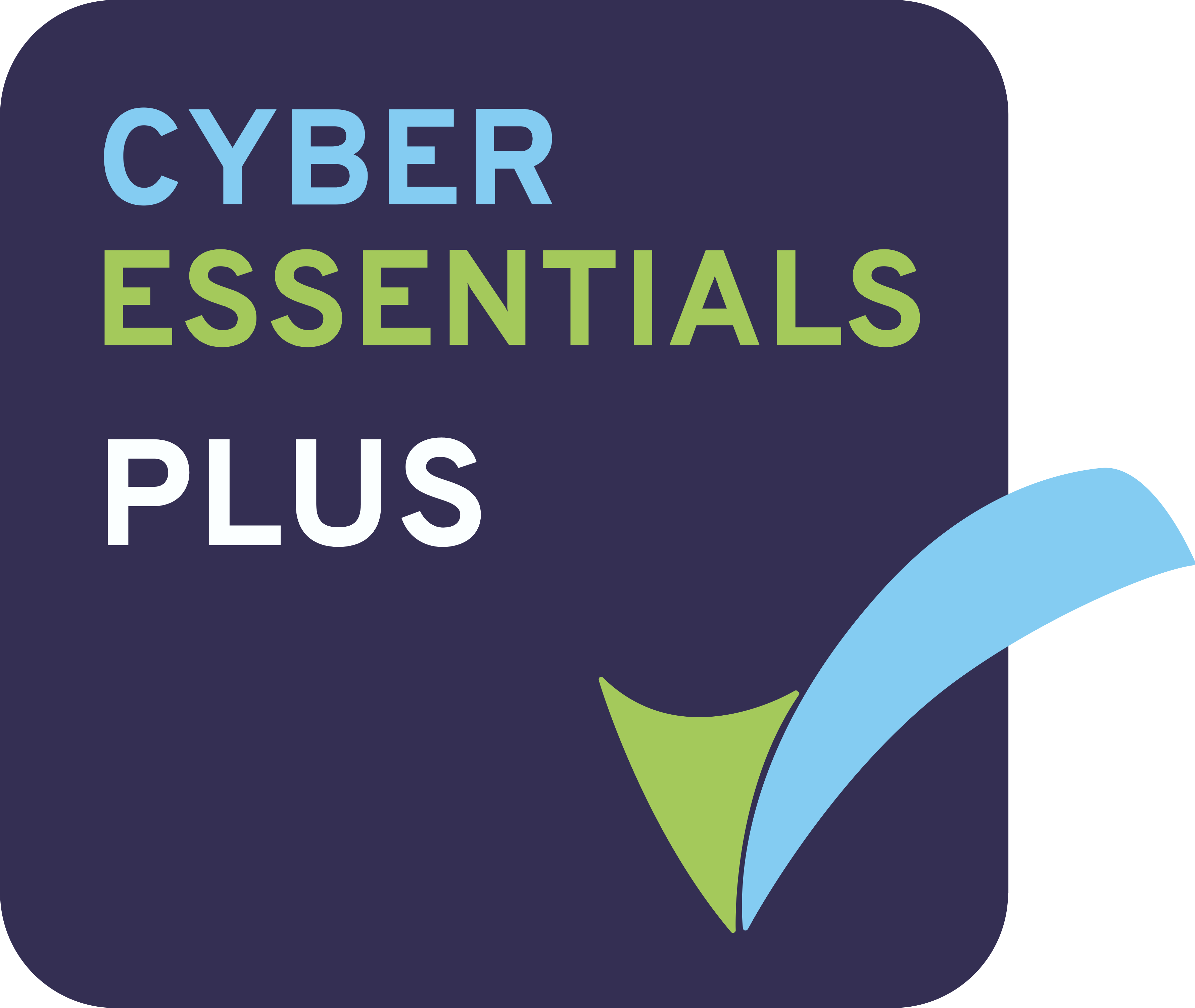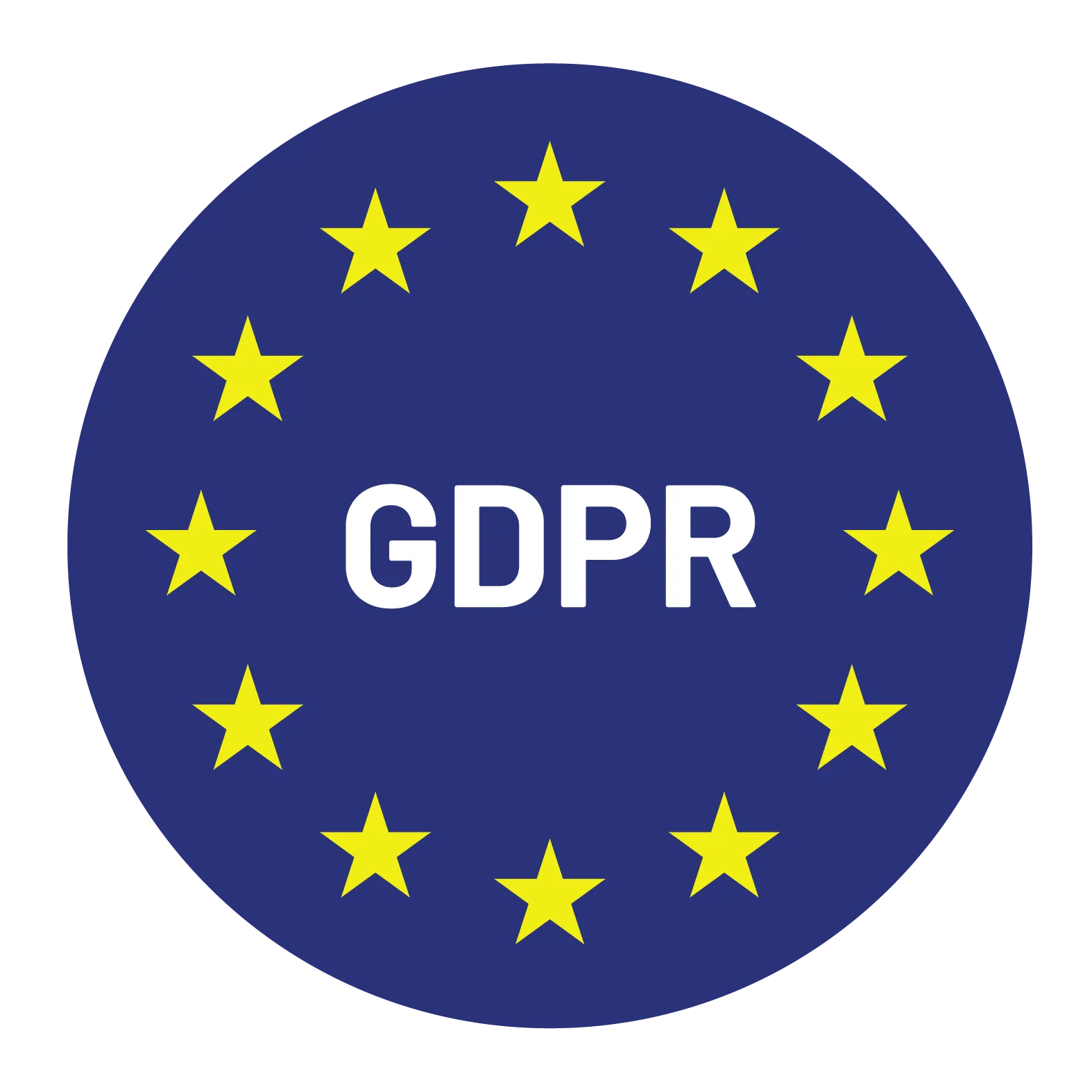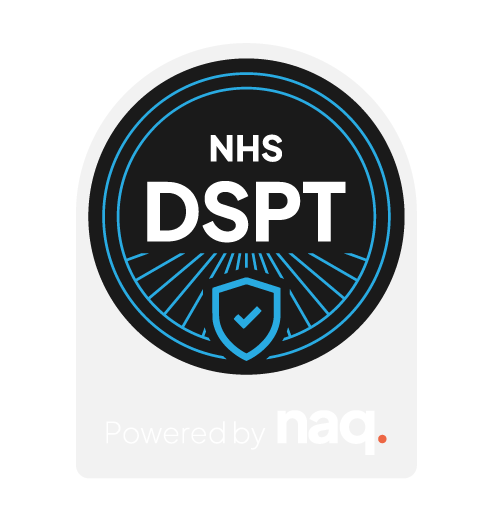When the government talks about "digitising social care," most people think it only applies to the NHS — hospitals, GPs, patient records. But let's be honest: social care is being pulled into the same direction, and it's starting to show.
On 6 June 2025, the government announced that appointment reminders are now being sent out through the NHS App to over 10 million people. Seems small, but it says a lot. They're expecting everyone in care — not just health — to start using digital systems to manage, communicate, and prove what they're doing.
That includes us — the people running or working in children's homes and supported accommodation.
We're Behind the Curve
The reality is, we're behind. While other sectors are logging everything on connected systems, we've still got services relying on handwritten logs, Word documents, and paper MAR sheets. That might have been fine ten years ago, but it's not enough anymore — not when inspectors, commissioners, and safeguarding teams expect quick answers and clear records.
Reality Check: Digital isn't just a nice extra. It's becoming a basic requirement. If you're not using proper systems to track incidents, log meds, plan shifts, and record handovers, then sooner or later it's going to cause problems — whether that's in an inspection, a complaint, or something more serious.
Why We Built OVcare
We built OVcare because we've seen these problems first-hand. We saw staff wasting time repeating paperwork, incidents being missed, meds being logged late, and homes struggling to keep up with what's expected. That's why we've built a system that works the way care actually runs — shift to shift, person to person, not 9 to 5 office hours.
Everything in One Place
With OVcare, everything's in one place:
- Care plans accessible to all staff members
- Incident reports with immediate notifications
- Risk assessments updated in real-time
- Medication records with digital signatures
- Staff files and training records
- Audits and compliance tracking
No more chasing folders or relying on memory. If someone's off sick or there's an unannounced inspection, everything's ready to go.
OVinsights: AI That Actually Helps
The OVinsights AI tool gives on-the-spot advice that follows your own policies — not some generic manual that doesn't apply to your setting. It's about making life easier for staff and safer for young people. Less guesswork. Fewer mistakes. More time to focus on the actual job — supporting children and young people who need consistency and care.
"It's not about ticking boxes. It's about making life easier for staff and safer for young people."
Digital as Competitive Advantage
As the government continues to push digital systems in health and care, the homes that already have proper tools in place will be the ones that stand out. The ones that are inspection-ready, accountable, and trusted.
When commissioners are choosing providers, when parents are selecting placements, when inspectors are evaluating quality — those with robust digital systems will have a clear advantage. They can demonstrate their quality with data, respond to queries instantly, and show continuous improvement over time.
The Risks of Not Going Digital
We know change isn't easy, especially in this sector. Budgets are tight. Staff are stretched. But doing nothing is no longer the safer option. The risks of not going digital are real:
- Medication errors from unclear handwritten records
- Missing incident logs that create safeguarding gaps
- Gaps in safeguarding documentation during inspections
- Staff inefficiencies from duplicate record-keeping
- Compliance failures that could affect registrations
The Bottom Line: Whether it's medication errors, missing incident logs, or gaps in safeguarding, the risks of not going digital are real. We built OVcare to remove those risks — and to give homes a system that works with them, not against them.
Take Action Now
The government's digital push in healthcare is just the beginning. Social care is next, and the expectations are already shifting. The homes that prepare now will be the ones that thrive when digital becomes not just expected, but required.
Don't wait until you're forced to change. Start exploring digital solutions that understand your world and work with your routines. The future of care is digital — make sure you're ready for it.




